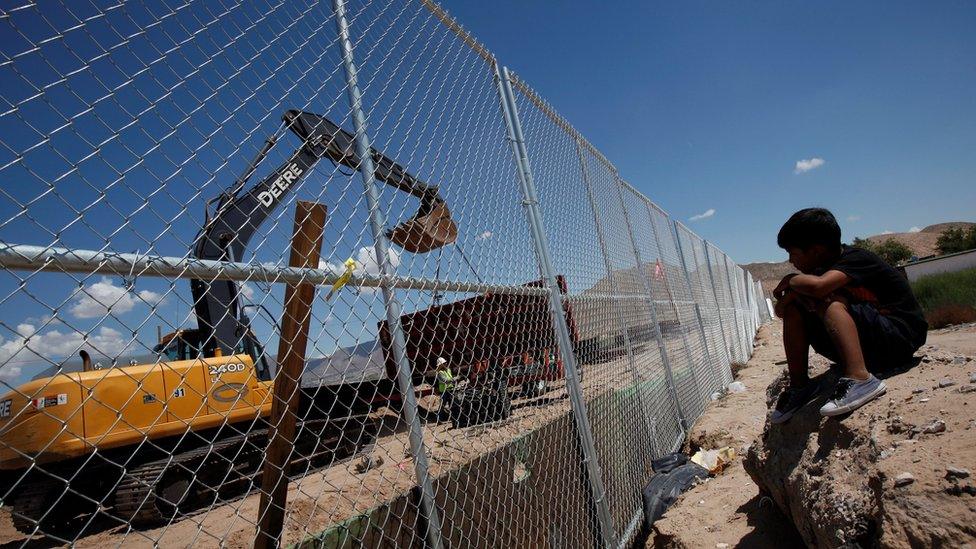What can Scotland teach Donald Trump about walls?
- Published
David Allison visits Scotland's Antonine Wall to find out what history can tell us.
US President Donald Trump believes a wall is essential to control immigration but what does Scotland's history tell us about their effectiveness in practice?
In among the flurry of executive orders signed by the new president in a rolling sequence of photo opportunities was one making a start on his long-promised 1,900 mile (3,100 km) southern border wall with Mexico.
The chant of "build that wall" was a fixed part of any Trump event during his election campaign last year.
It offered a seemingly easy solution to the problem of illegal immigration.
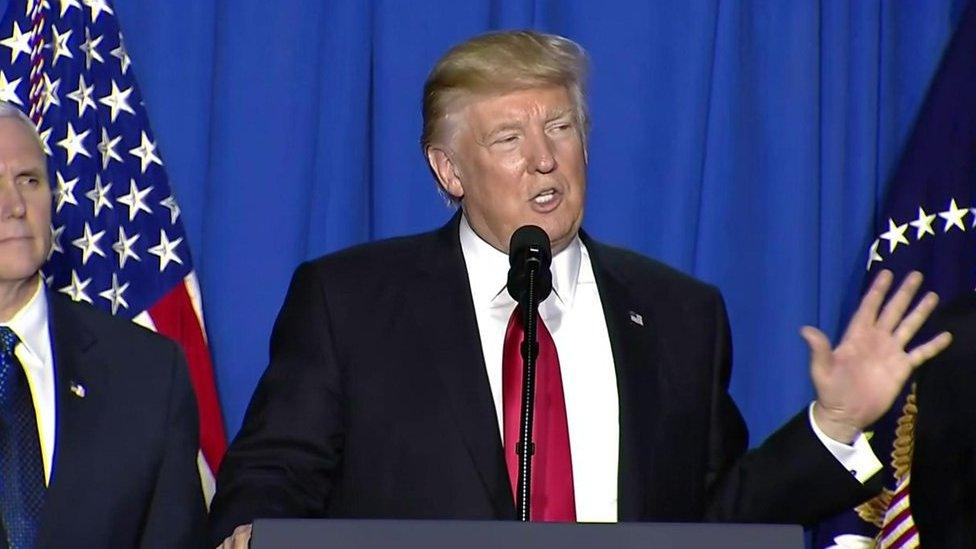
President Donald Trump has ordered a wall to build on the southern border of the USA
The country which is now Scotland has a long history with border walls stretching back to Roman times.
Hadrian's Wall, which was begun in AD 122, was a defensive fortification stretching from the banks of the River Tyne near the North Sea to the Solway Firth on the Irish Sea.
It was the northern limit of the Roman Empire, immediately north of which were the lands of the northern Ancient Britons, including the Picts.
Twenty years later construction began on the Antonine Wall, a turf fortification on stone foundations, built across what is now the Central Belt of Scotland, from modern Bo'ness on the Firth of Forth to Old Kilpatrick on the River Clyde.
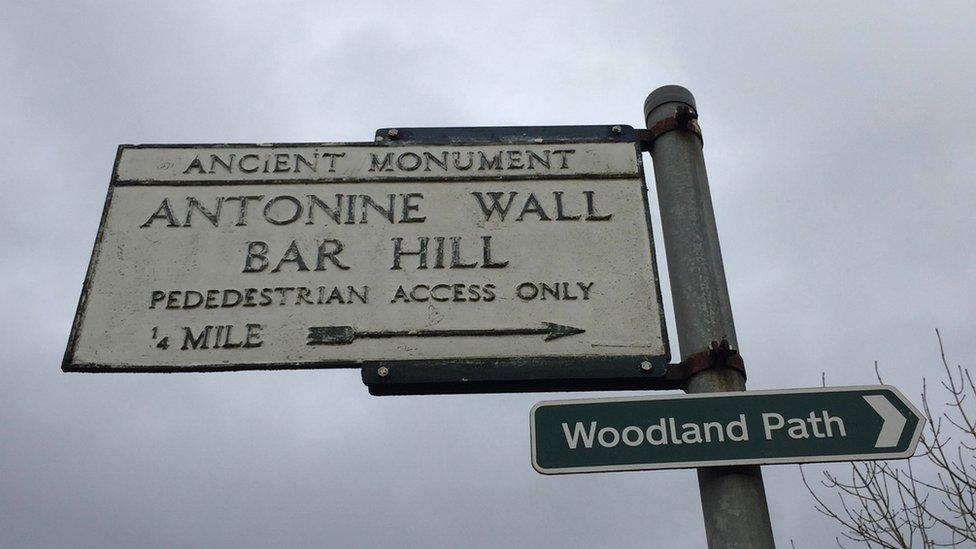
It spanned about 39 miles (63km) and was about 3m (10 feet) high and 5 metres (16ft) wide.
The wall was entirely built by members of the three Roman legions stationed in Scotland, a labour force of about 7,000 men.
It was abandoned within a generation as the Romans moved back to Hadrian's Wall.
Most of the wall and its associated fortifications have been destroyed over time but some remains are still visible.
Despite being much less grand than Hadrian's Wall, the Antonine Wall was nevertheless a colossal demonstration of Roman power.
Bar Hill, near Cumbernauld, is the highest part of the wall and the fort here was designed not only to see but to be seen as well.
Dr Adrian Maldonado of Glasgow University's archaeology department says that was the intention of the Roman Emperor Antoninus Pius.
He says: "He needed to be seen as a victorious conqueror of Scotland.
"The Antonine Wall is the epitome of a symbolic victory.
"It is the biggest propaganda statement made in this part of the world until Hadrian's Wall is refurbished in the years after the Antonine Wall is abandoned."
Dr Maldonado says: "This is a good place to keep watch of who is coming through the wall.
"You're expecting people to be moving through and you're giving them lots of little entry ways and gates through the wall.
"They are allowing people through but they are keeping an eye on things."
Donald Trump says there will be a door in his wall. A big, beautiful one, of course.
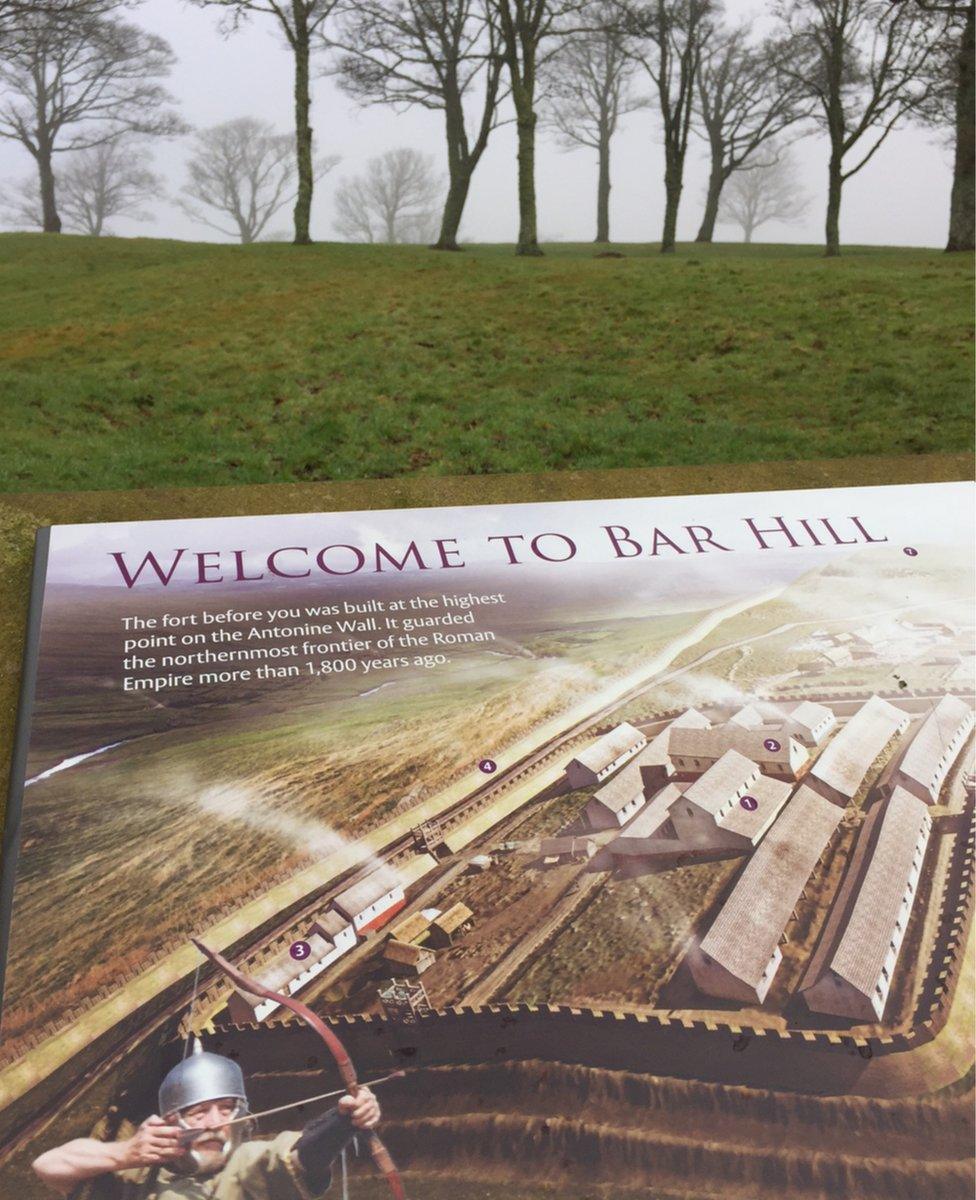
And then there's the question of who will pay for Donald Trump's wall.
"No pagamos", says Mexico, "We're not paying" and President Trump admitted in an ABC interview that at least initially the US would be footing the bill.
Getting the various Caledonian tribes, barbarians as the Romans would have termed them, to pay for the Antonine Wall certainly wasn't an objective.
Dr Adrian Maldonado says the bill was footed by the Roman Empire but the barbarians paid in other ways.
He says: "There's some possibility that they were taxed officially or otherwise as they crossed.
"Over time they would have paid with their lives but the money is not coming from the barbarians. It's coming from the Roman Emperor."
The Israel-Palestine wall, the Great Wall of China, and the Berlin wall also have lessons to teach us from the past.
Scotland's ancient Antonine Wall tells us that such constructions can be as much about power projection as anything else but perhaps the main lesson from history is that walls come, and in the end walls tend to go.
- Published26 January 2017
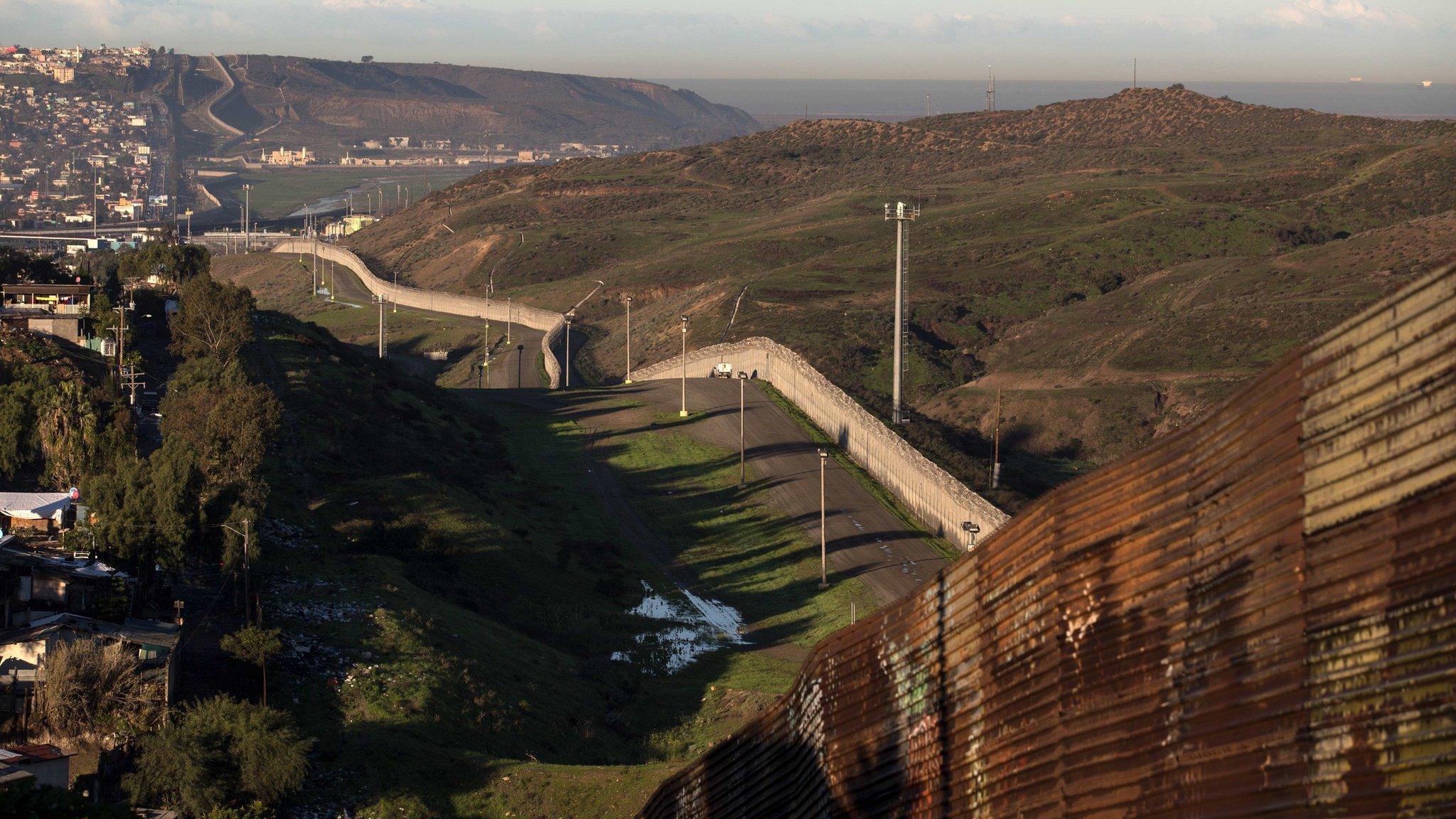
- Published25 January 2017
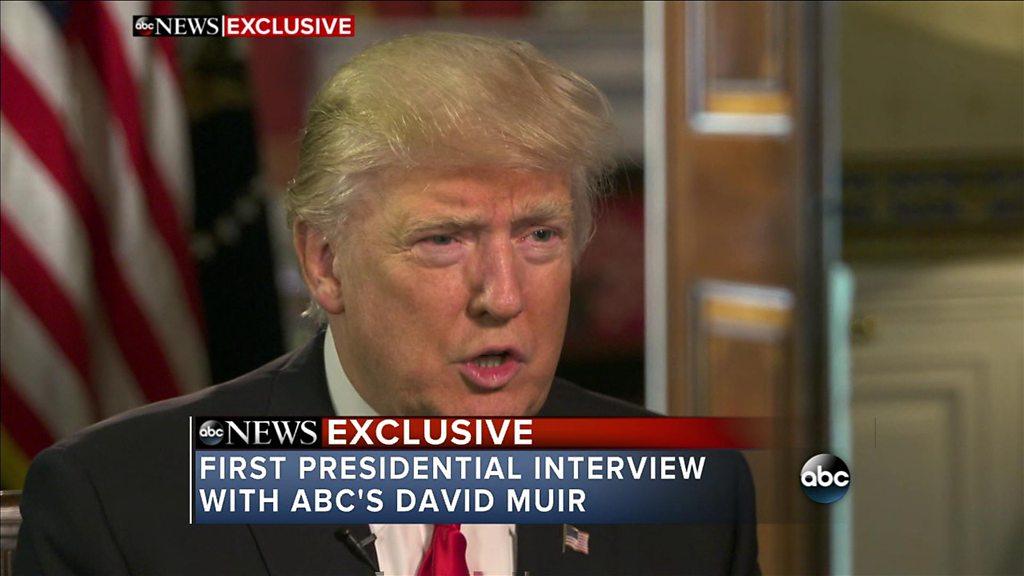
- Published6 February 2017
